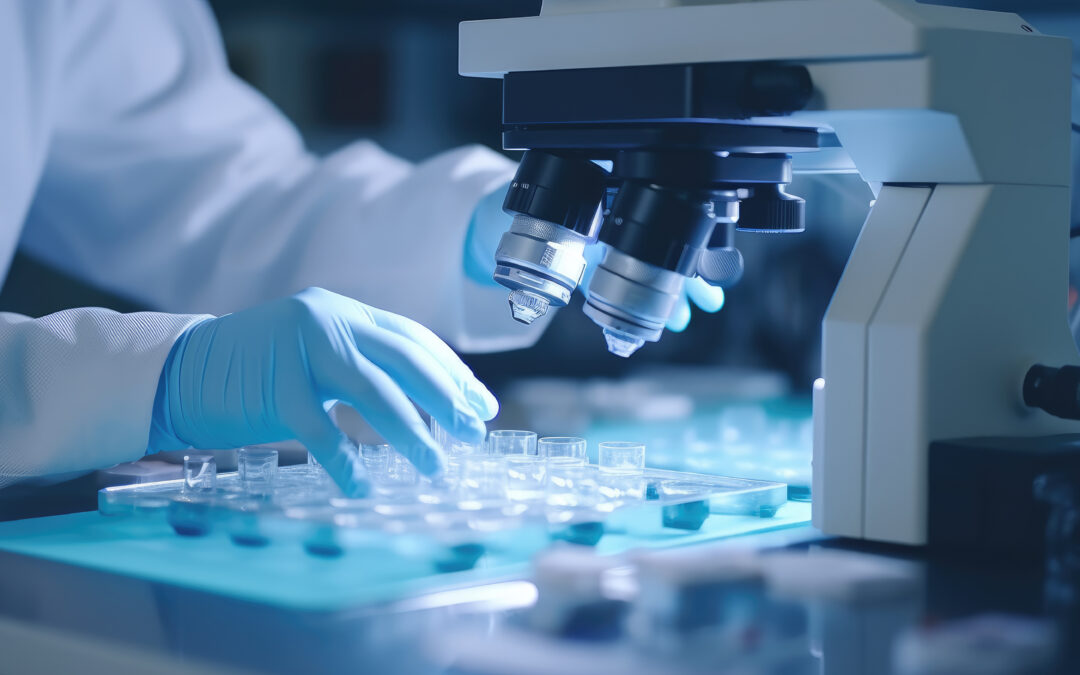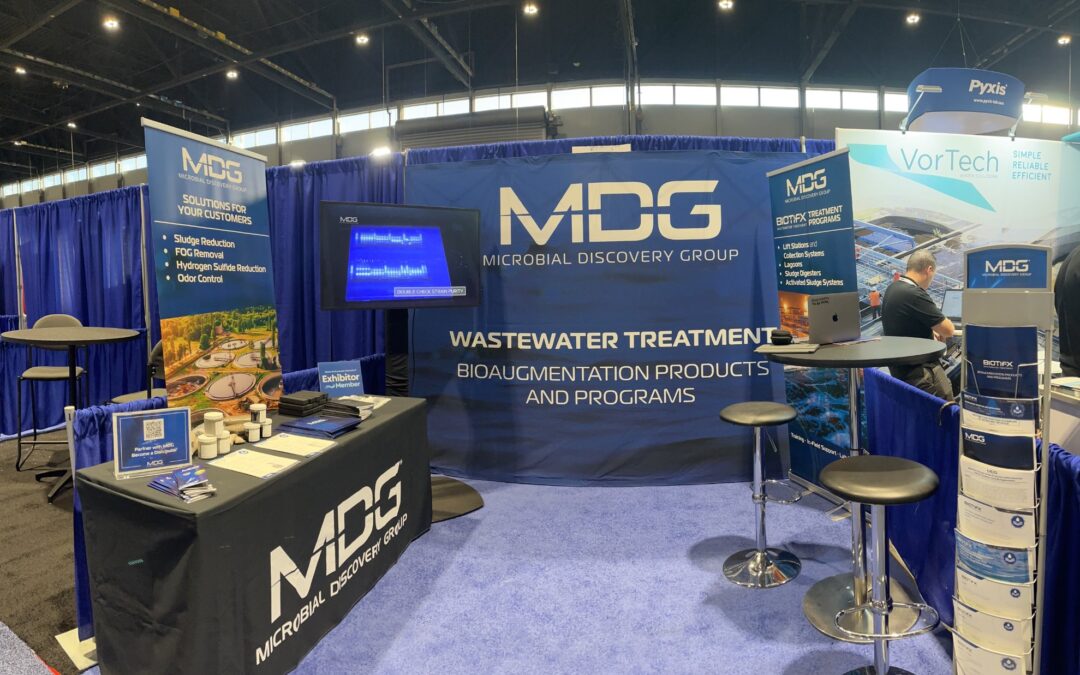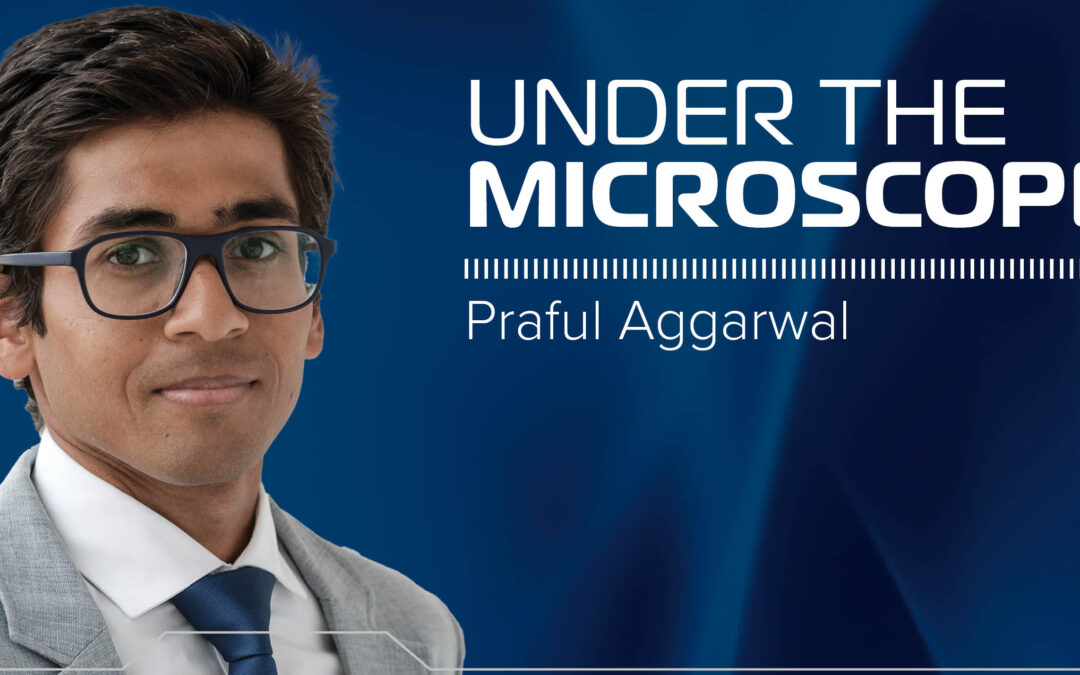The rising demand for artificial grass and turf has led to thousands of installations across America, with over a thousand more being added annually.² Schools, municipalities, and businesses are increasingly adopting artificial grass and turf as a sustainable solution.
However, it is common for unwanted contaminants and odors to accumulate on artificial grass and turf from various sources such as oil and grease from vehicles and equipment, debris, waste from animals, and more. Regardless of the type of activity occurring, owners want to ensure their artificial grass and turf are maintained.
The importance of synthetic grass maintenance is becoming increasingly relevant to your customers in the industrial and institutional market.
Artificial Grass vs Turf: What’s the Difference?
“Artificial grass” and “turf” are often used interchangeably, but they have minor differences². Both names refer to different types of synthetic grass³.
Typically, the pristine grass fields seen in residential or commercial landscaping applications, big club stadiums, and professional sports fields are known in the industry as artificial grass. Artificial grass has longer blades, providing a more natural appearance, and is enhanced with additional cushion or infill for falls and natural ball bounce. Artificial grass may even have shock pads for players, along with different color variations. This higher-quality artificial grass is referred to as third-generation grass.
On the other hand, artificial turf (typically seen in dog parks, amateur soccer fields, playgrounds, etc.) is the lower-quality predecessor known as first-generation grass. Artificial turf has shorter blades, is more abrasive, has minimal cushioning, and lacks a genuine grass look and feel¹.
Growing Demand
There are 12,000 to 13,000 third-generation synthetic grass fields in the United States with 1,200 to 1,500 installed annually. ² North America has had a 15% increase in industry growth since 2017, with the total value of installations rising to $2.7 billion. ¹ Synthetic grass is becoming so popular that it can be found within a wide range of locations from municipal and county parks such as high schools, colleges and university fields, playgrounds, military installations, golf courses, professional sports fields, and more.
The Importance of Maintaining Your Customers’ Synthetic Grass
The rising popularity of synthetic grass stems from its low maintenance requirements, aesthetic allure, and lasting resilience. However, it’s vital to emphasize consistent maintenance to ensure cleanliness and longevity. A lack of maintenance can result in premature aging and unwanted odors, depending on usage. By providing your customers with safer cleaning options for synthetic grass, they can maintain a natural look and cleanliness.⁴
Conclusion
Synthetic grass is becoming increasingly popular in North America in a variety of applications. As the presence of synthetic grass rises, regular maintenance will be crucial. Contact us to learn how microbial-based cleaners are an environmentally friendlier option that can help maintain the cleanliness of synthetic grass.
Sources
1. https://www.syntheticturfcouncil.org/page/synthetic_turf
2. https://www.epa.gov/sites/default/files/2019-08/documents/synthetic_turf_field_recycled_tire_crumb_rubber_research_under_the_federal_research_action_plan_final_report_part_1_volume_1.pdf
3. https://www.heavenlygreens.com/blog/whats-the-difference-between-artificial-turf-and-artificial-grass
4. https://grasspros.com/artificial-grass-maintenance/
5. https://www.integralgrass.com/blog/installation-construction/









